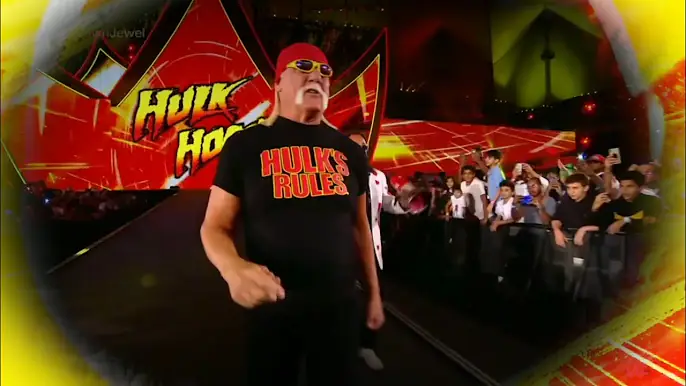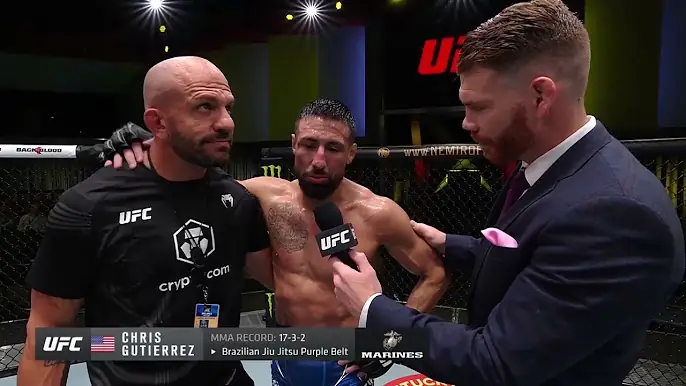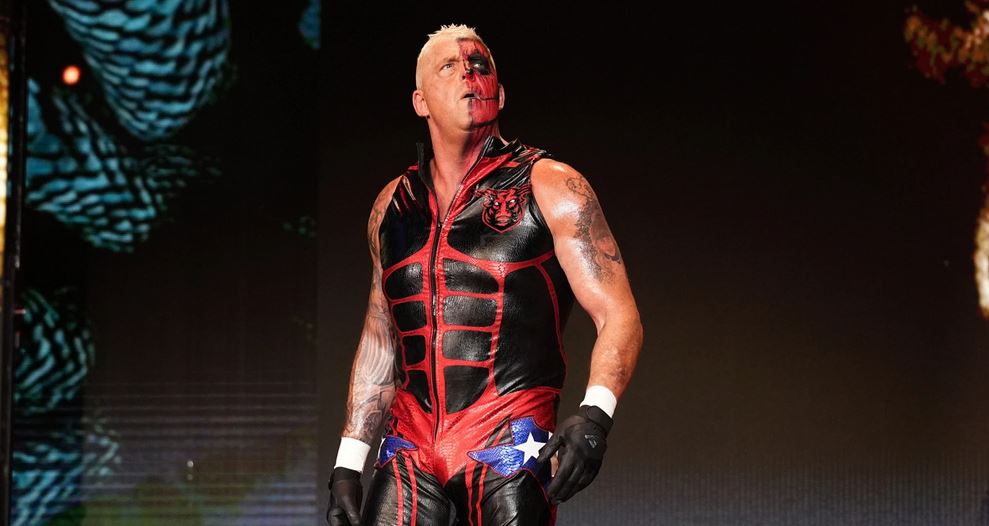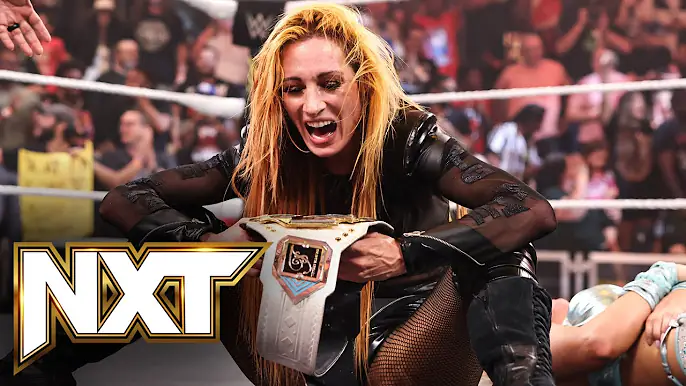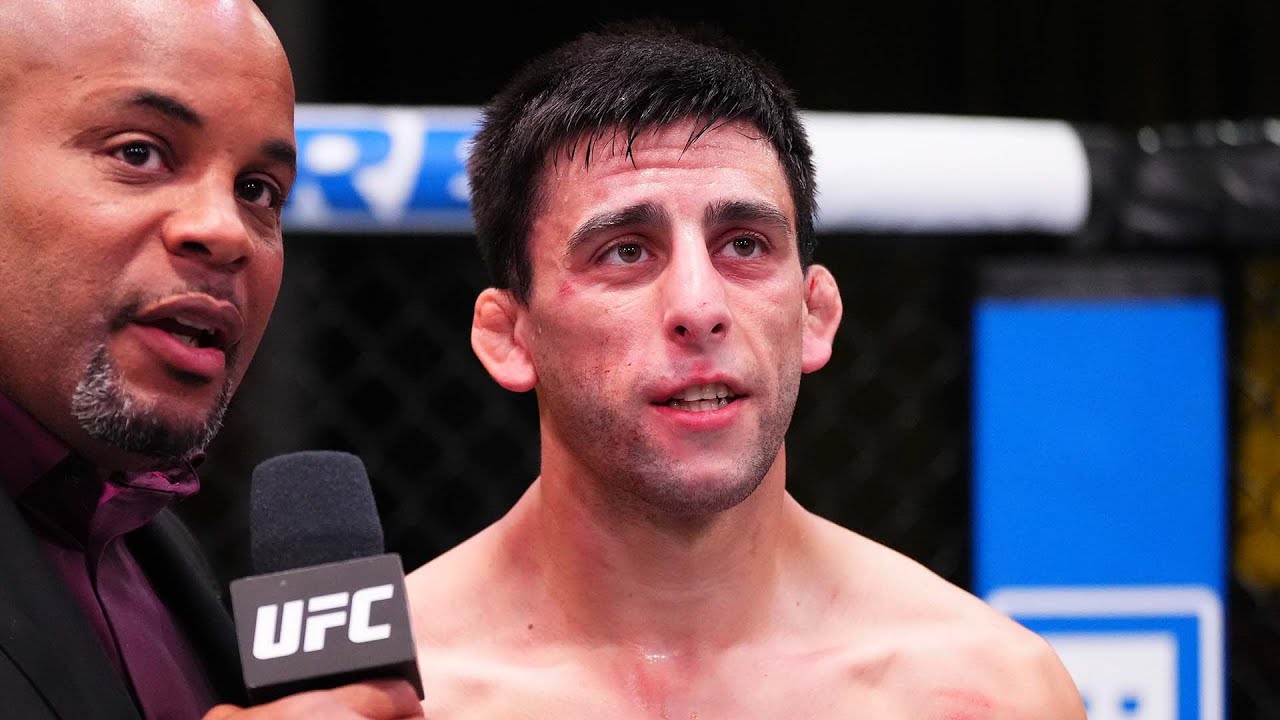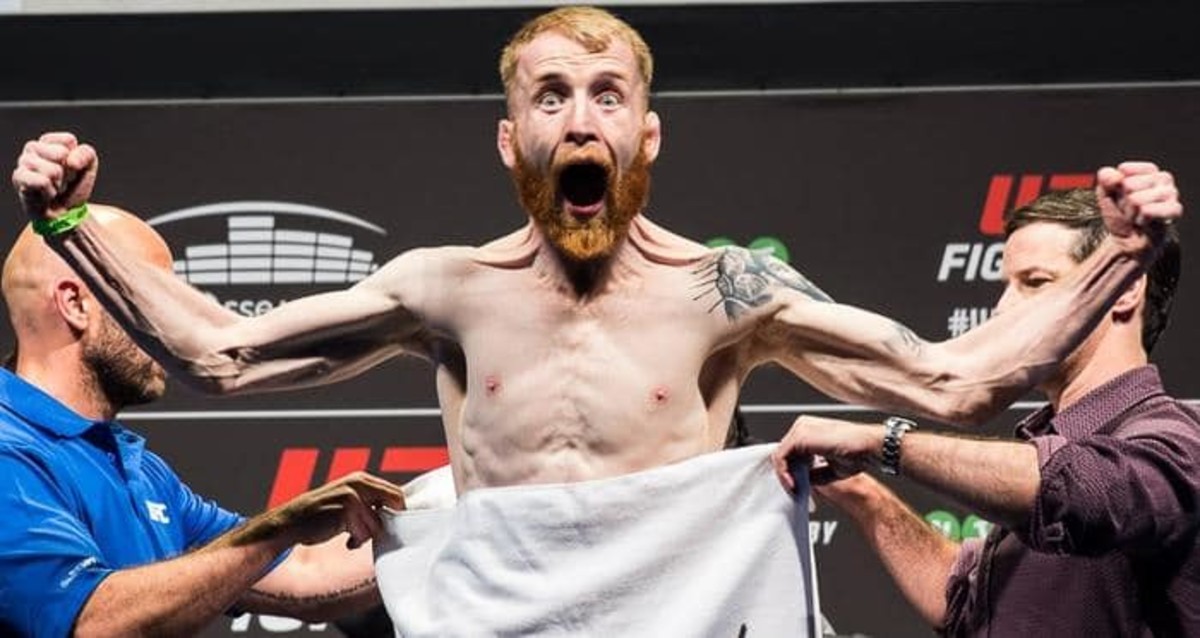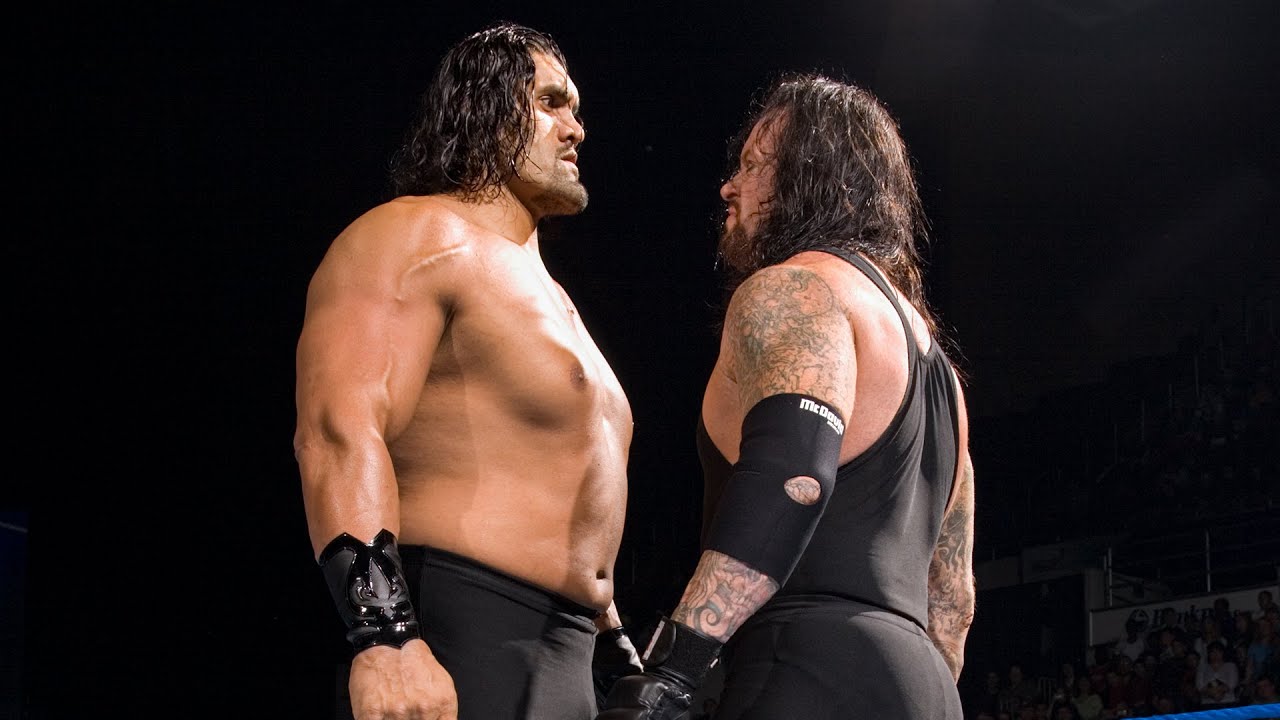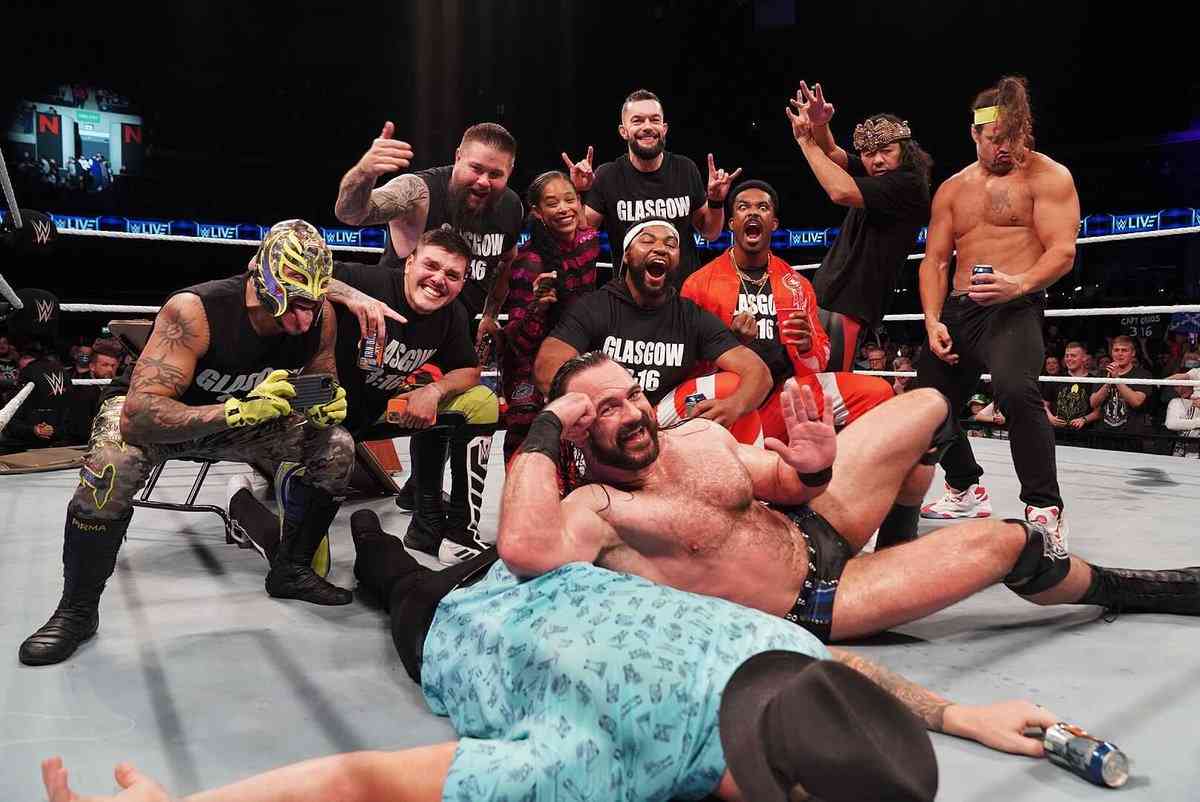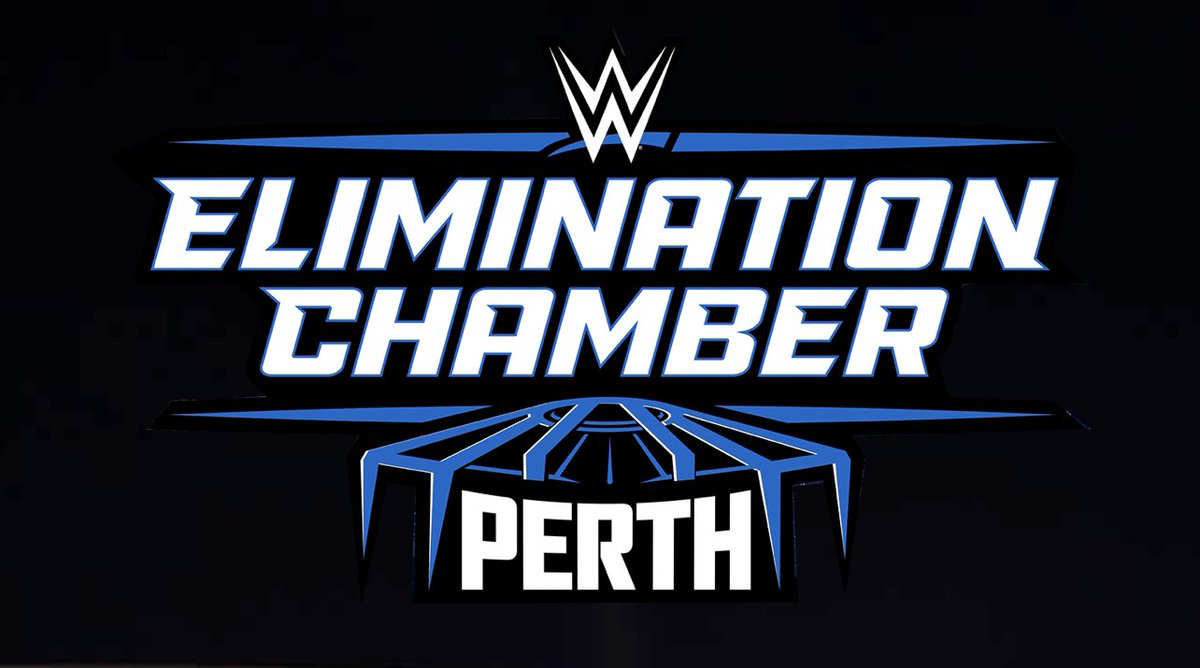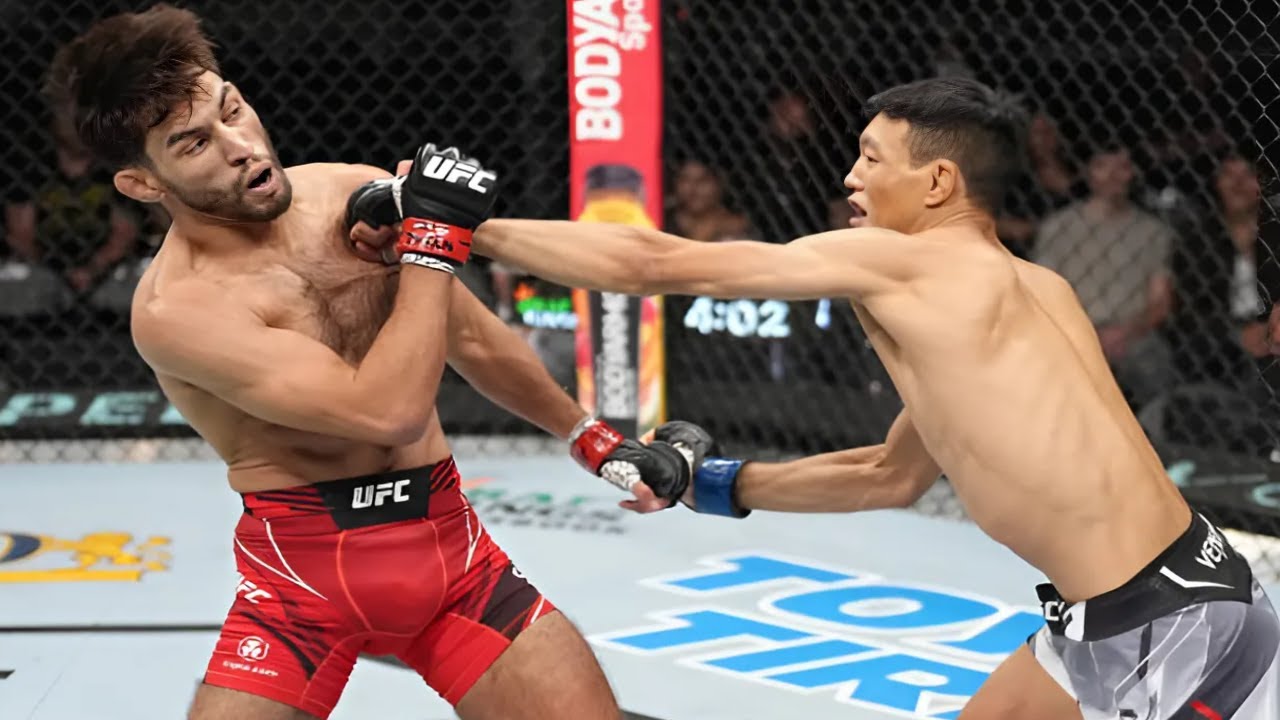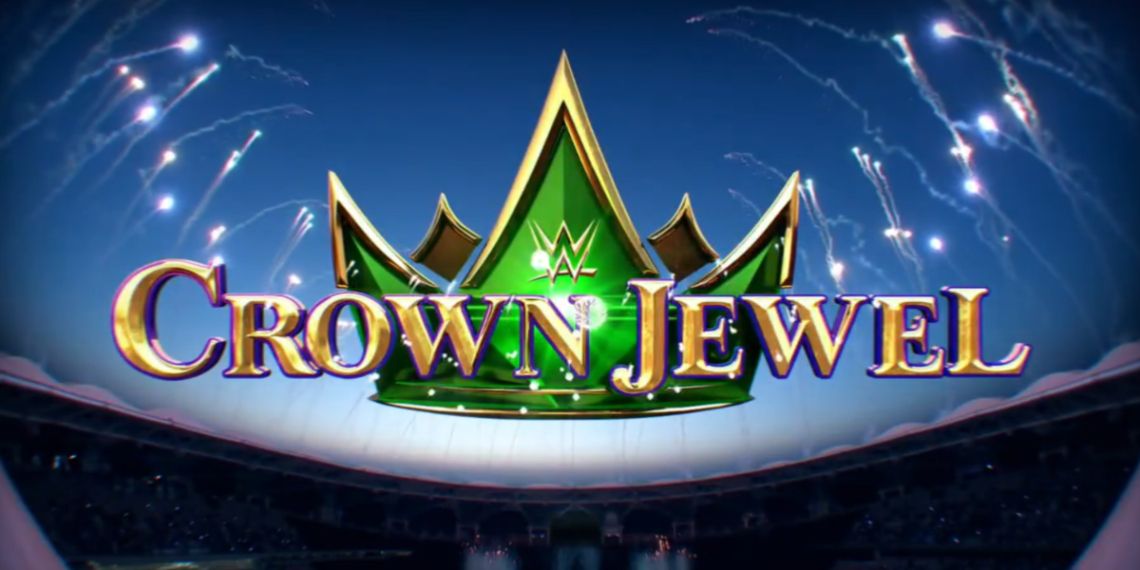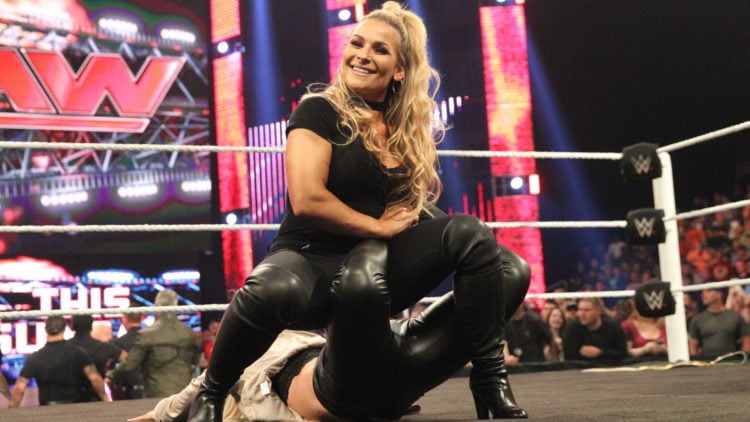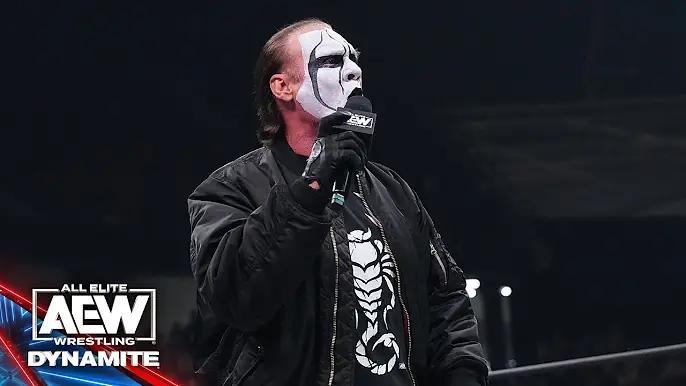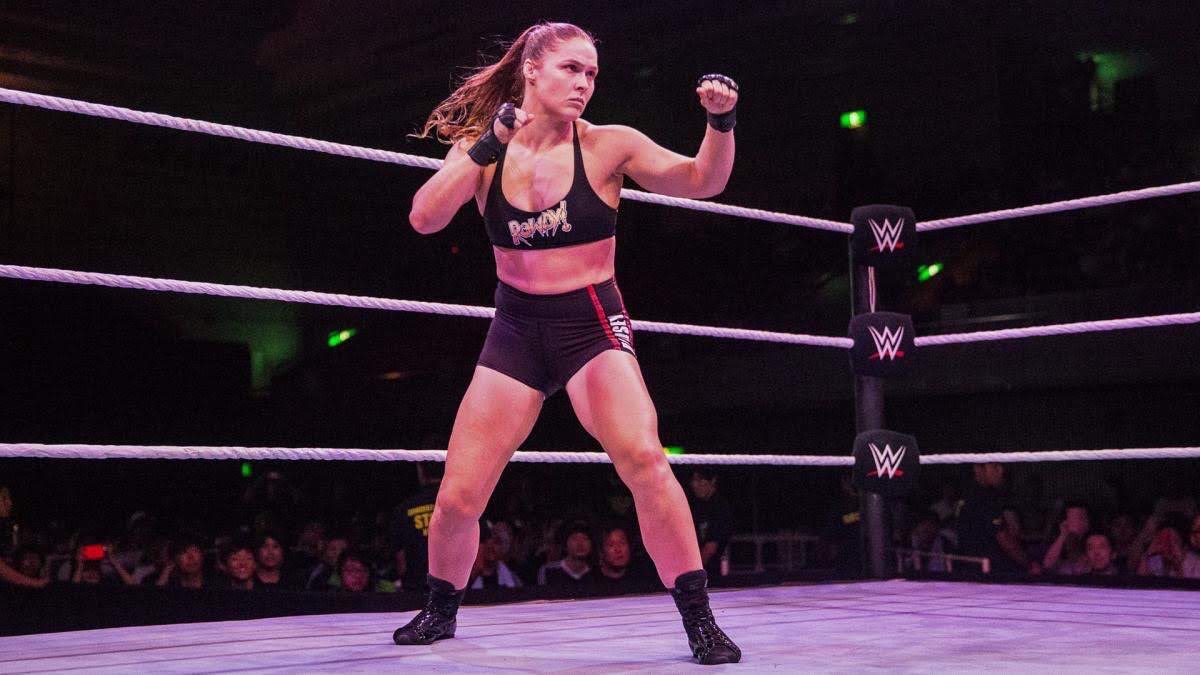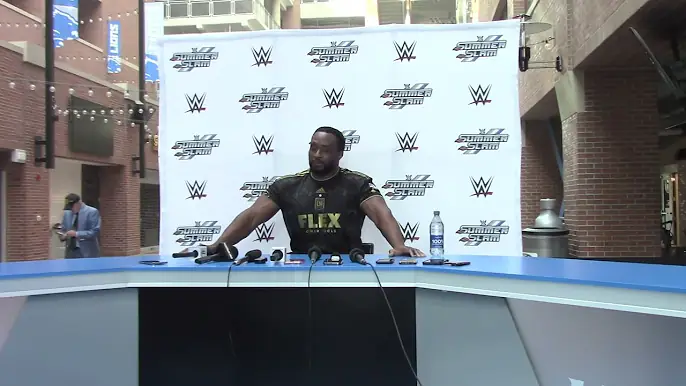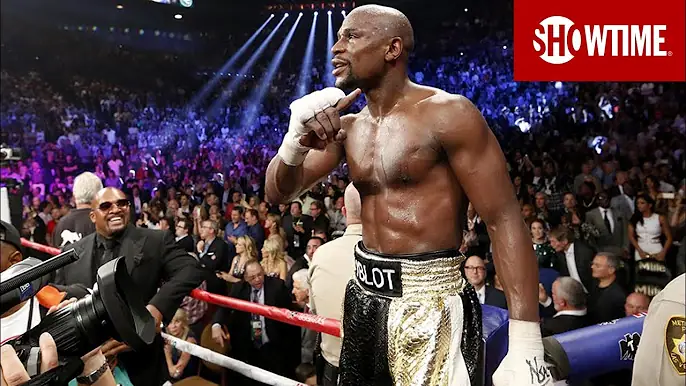WWE’s Relationship with the Independent Wrestling Scene
For years, World Wrestling Entertainment has held a corner on the market regarding professional wrestling with its hybrid product of sports and entertainment that’s changed many times over the years. At the same time, however, independent wrestling—generally called “the indies”—has been critical in cultivating and developing the various talents that eventually end up working for WWE. The relationship between WWE and the indies has always been complex. There have been moments of collaboration, competition, and mutual benefit. This essay predicts an improvement in the relationship over time as key moments and influential figures change the wrestling scene altogether.
The Early Years: A World Apart
WWE’s Establishment and the Rise of the Indies
In the early years of professional wrestling, WWE—then WWF—and independent promotions worked within two largely separate worlds. Indeed, WWE, under the leadership of Vince McMahon, expanded its operation in a statewide, nationwide, and eventually global perspective by absorbing regional promotions to make a monopoly of sorts within the industry. Meanwhile, independent wrestling promotions did very well locally by drawing from their niche audiences and staying true to the roots of local-area wrestling.
Talent Pipeline
Despite the differences, indies have always been a development house for WWE. Many of WWE’s biggest stars made their names by competing in small, local promotions before ever being scooped up by WWE scouts. Ric Flair, Dusty Rhodes, and “Macho Man” Randy Savage each spent the better half of their early years in the indies before making waves in WWE.
But all too often in this period, WWE eyed the indies merely as a proving ground—not as a partner or collaborator.
The 1990s and Early 2000s: A Shifting Landscape
Monday Night Wars and the Role of Indies
The 1990s were a time of considerable changes in the wrestling world as the Monday Night Wars started between WWE and WCW, its main competitor. The period of aggressive rivalry they misted into a talent war race with both companies struggling to get the best wrestlers from the indie scene that had grown to be so vital for both WWE and WCW in resources. It represented fresh blood and innovative wrestling styles that audiences wanted to see.
The Rise of ECW
Of the many independent promotions, one of the majors during this time was Extreme Championship Wrestling (ECW). Conceived by Paul Heyman, ECW offered a hard-core, edgier brand of wrestling that appealed to many fans tired of the WWE and WCW products, which were rather slick. The relationship WWE shared with ECW was complicated at best—on the one hand, they were competing against each other, while on the other hand, they were business partners, so to speak. Eventually, WWE would adopt ECW talent—finally holding ECW-themed pay-per-views because the hard-core brand was something of an appeal.
Talent Acquisition and Development
During the late 1990s and early 2000s, WWE was Bloom-centric, seeking talent scouted exclusively for their ‘independent wrestling’ framework. During this period, when they realized the worth of wrestlers beyond it, some wrestlers like Chris Jericho, Eddie Guerrero, and Dean Malenko had already established themselves in local indies and WCW to break into the WWE with an entirely alien level and burden of technical skills and charisma. This era marked a change in the approach of WWE, who began viewing the independent scene as a breeding ground for future stars.
A New Decade of Collaboration: The 2010s
The Launch of NXT
The year 2010 was generally the markup in the relationship between WWE and the independent wrestling scene with the launch of its developmental brand, NXT. Conceived initially as a reality competition show, NXT became a fully-fledged wrestling promotion, serving as a bridge between indies and WWE’s main roster.
NXT was founded on the independence scene’s deep bourne of talent, dating directly back to that scene’s stars—Seth Rollins (formerly Tyler Black), Kevin Owens (formerly Kevin Steen), and Sami Zayn.
The Influence of Triple H
It was Triple H, WWE’s Executive Vice President of Global Talent Strategy & Development, who really changed things around for WWE as far as their dealings with the independent scene. With Triple H at the helm, WWE started actively scouting and signing all the best talent from independents. He realized that these men and women could engage the most passionate wrestling fans in the world. What Triple H needed to do was find a way to put the best of both worlds together: WWE production values with independent scene authenticity and innovation.
High-Profile signings
Since this decade, signing high-profile indie talents became more common. This further blurred the line between WWE and the indies. Talents such as Finn Bálor—previously known as Prince Devitt—and Shinsuke Nakamura made their way into the ranks at WWE with raw experience, and then accumulated a fanbase to help raise the quality of the matches and storytelling. Many of these brought a whole new kind of collaborative effort for the house, as WWE is much more open to accepting diverse styles and different personas born there.
NXT TakeOver Events: Their Influence
It was through NXT’s TakeOver events that the independent scene became a testing ground of sorts, amid another renaissance with high-caliber matches featuring storylines equal to and sometimes better than WWE’s main roster. The massive success of NXT and the TakeOver nights it produced helped drive home the value of indies to all concerned and firmed up NXT as a solid part of WWE strategy in its talent development plan.
This was a symbiotic period, one in which the individual wrestlers found a more significant platform in the WWE. At the same time, the WWE gained from experience and other innovative abilities brought to the forefront.
The Future Now: Global Talent Ecosystem
The Expansion of NXT and Global Recruitment
In the past couple of years, WWE has been rapidly developing its ventures globally, with NXT UK and possibly other NXT territories honing in on different regions. Global expansion explicitly pointed to the recognition of diversified talent held by independents worldwide. Through this, WWE establishes a presence in key markets to have an all-inclusive global talent pipeline, drawing the best from the ranks of independents. Independent Promotions Collaborations
WWE has also adopted strategic collaborations with independent promotions toward the indie scene. This would mean that WWE, through the partnerships, could scout some talents and give developmental exposure opportunities to build goodwill within the wrestling community. For instance, WWE has worked with PROGRESS Wrestling, EVOLVE, and ICW by putting their talent onto WWE Network specials and including their wrestlers on NXT events.
The important role by WWE Network
The WWE Network, founded in 2014, has been one of the primary materials to close the gap between WWE and the indies. With content from different independent promotions having recently found a home on the streaming service, it opened the market for indie talent to an even bigger audience, and various wrestling content exposed its wrestlers to WWE fans. This exposition goes to license more integration of indie content into the WWE umbrella.
The Impact this Will Have on the Wrestling Business
Elevating Independent Talent
The embracing of the independent scene by WWE has opened up more opportunities for indie wrestlers. Not only has this provided them with more work, but much more exposure. For any wrestler struggling for significant exposure, now a clear route to the WWE would be open, and all the associated benefits that come with the world’s largest wrestling promotion. The independent scene, through this elevation of individual talent, has also raised the overall standard of wrestling. Now, with WWE’s main roster, there can be seen a myriad of different styles represented from many diverse backgrounds.
Innovation and Evolution
Independent talent has been the impetus behind innovation and change within WWE. They’re bringing experience, different in-ring styles, and a parade of fresh ideas that lead to new storytelling and character growth. This creativity surge bleeds into dynamic wrestling action, but most especially into varied, engaging storylines—their openness to. Connecting and embracing this portion of the independent scene helps keep the product current for fans worldwide. challenges and criticisms While there are many positive elements in the relationship between WWE and the independent scene, there are drawbacks and criticisms. These, of course, are things that can devise authenticity and spontaneity from independent wrestling for some fans and wrestlers alike due to WWE’s corporate structure and creative constraints. Moreover, with the rapid signing of key indie talents into WWE, thinning will occur on the indie scene, making it hard for other smaller promotions to maintain momentum or star power.
Conclusion
The relationship between WWE and the independent wrestling scene is complex, interdependent, collaborative, and sometimes stressed. It has gone from parallel spheres in early times through strategic partnership to WM’s operand talent integrations into the present. It gave the indie wrestlers a platform and vice versa, enhancing WWE’s product through diverse styles and storytelling methods. By embracing independent talent and fostering collaborations with indie promotions, the WWE assisted in elevating its status as an indie wrestler and helped to enrich its products with various styles and innovative storytelling. The formation of NXT, with the global footprint created for WWE development, proves that there is an entire talent pipeline across the globe directly toward WWE. With hassles and condemnations still around the corner, the relationship between WWE and the independent scene keeps sculpting the future of professional wrestling. Drawn from this intricate landscape, leaving out the indies’ influence on the company’s success and the ongoing evolution of the wrestling business can prove hard.

